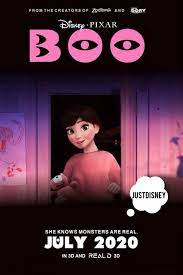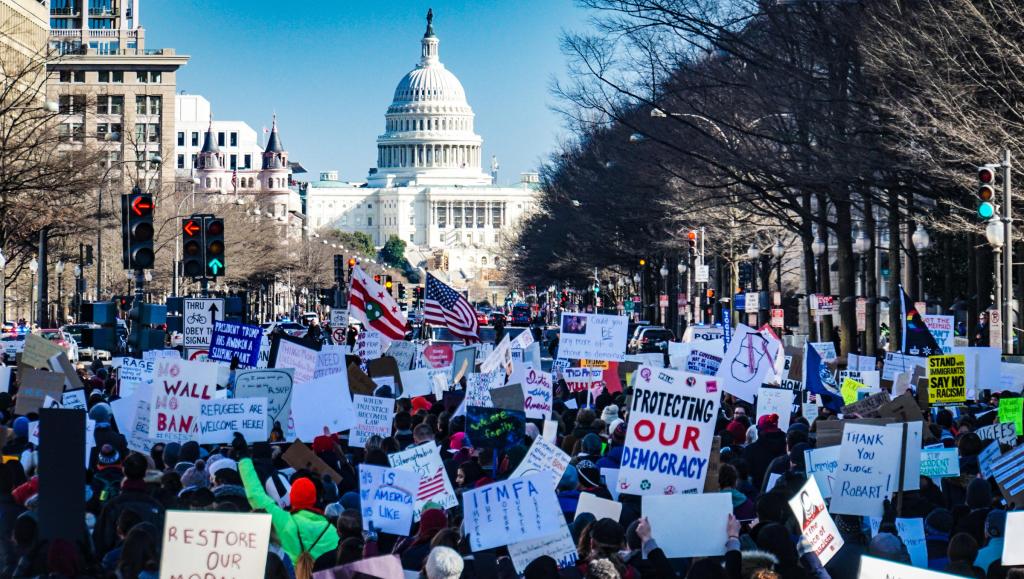Disinformation and misinformation are on the rise. Recent events and social media have allowed fake news to spread like wildfire.
But what actually is disinformation and misinformation? What is the difference between the two? And most importantly: How can I spot it? Let’s take a look!
What is Disinformation?
Disinformation is any false information that is spread deliberately to deceive people.
This includes any information that is simply fake or even misleading. Examples include manipulated narratives and facts or even fake information used for propaganda.
Disinformation is deliberate. It involves someone purposely spreading information that they know is false.
Disinformation can be extremely damaging. The rise of social media over recent years has allowed disinformation to flourish.
Anyone in the world can share fake information online that has the potential to spread all over the world.
People, organisations and governments can spread disinformation for many reasons. It can be for political/personal/financial gain, reducing trust across society or simply just to cause harm.
Now we have a basic understanding of disinformation, let’s take a look at misinformation and how it’s different.

What is Misinformation?
Misinformation is false information that is spread regardless of intent to mislead.
That’s the main difference between disinformation and misinformation. Disinformation is spread on purpose, misinformation can be spread accidentally.
If you see a news article online that contains fake information, and you share it online, you have shared misinformation.
Ok, you had no idea it was false information, but it’s sadly still false information.
Misinformation is shared constantly online. It’s likely we have all shared misinformation online at some point during our lives.
Want an example? Sharing one of those fake film posters or trailers for a film sequel that actually isn’t happening. Let’s take those posters for the sequel to Monsters Inc. You thought it was real and you got excited, so you shared it with your friends. Now your friends think a sequel is coming when it’s actually unlikely to ever happen.
(Come on Pixar, get your act together. I want to see Boo and Sully reunited.)
Ok, that was an example that isn’t very damaging. So let’s take a look at some examples of disinformation that have been much more dangerous.

Examples of false information:
Russia interference in 2016 US election: In the run-up to the 2016 election, a disinformation campaign was set up by Russia. They used Facebook ads, pages and groups to target certain areas in the US.
They used these groups to share fake information in an attempt to discredit Democratic nominee Hillary Clinton.
These Facebook groups were actually set up by fake accounts and were used to sow divisions between certain groups in society.
More recently, fake information regarding the COVID-19 pandemic was spread online. People were sharing fake news that claimed 5G towers were giving people COVID-19.
(Spoiler alert: a 5G tower isn’t capable of giving you a virus.)
No matter how smart we think or claim we are, we can all be victims of disinformation. So let’s take a look at how we can better spot fake information online.
How to recognise Disinformation or Misinformation:
- Look beyond the headlines: ‘Simba, look beyond what you see.’ It’s very easy to see an article headline on social media and instantly share it. This is a common way misinformation can be spread. The solution? Always click through to the article and read it thoroughly before even thinking about sharing it.
- Do your own research: While reading articles thoroughly, research the topic you’re reading about and double check that what you’re reading is true. If the topic is being covered by multiple credible sources, you can presume the information is true.
- Check the dates: Sometimes old articles are re-shared years later, wrongly making us believe they’re relevant to today. Every year, someone shares a Daily Mail article about snow storms that will doom us all. Most of the time, these were actually written years ago. Always check the dates.
- What evidence is there? If a specific claim is being made, what evidence do they have to back that claim up? What source of information or statistics are they using? Make sure articles are backed with solid evidence.
- Is it a joke? There are lot of parody news sites and stories floating around online. Before sharing a story, double check to make sure the site/story is legit.
- Is it biased? Another thing to be careful of, is bias. Sadly different news sources can be biased towards (and against) certain political ideologies and parties. Ask yourself, is the news network notorious for sharing biased news? Is what I’m reading a fair and balanced view?
- Double check: Overall, please always double check before sharing anything online. Read the article thoroughly, spot for any fake information or bias. If you can’t be certain the news isn’t fake, it’s probably best to just not share it.
How we can reduce the amount of disinformation and misinformation online:
Disinformation and misinformation are sadly inevitable.
In a world where anyone can write and share whatever they like, fake news will always gain traction online.
However, that doesn’t mean we can’t reduce the amount of it that is being shared. Be vigilant online.
If you see any fake news, report it and (nicely) let the person who shared it know that the information is fake.
Social media platforms and tech giants regularly take steps to reduce the amount of disinformation and misinformation that is being spread online.
However, it’s up to all of us to take our own extra steps to help reduce its spread.
I know it’s exhausting, but it’s worth it. I got really excited about that fake Monsters Inc sequel, I don’t want anyone else to experience that trauma.


3 thoughts on “What Is Disinformation and Misinformation?”